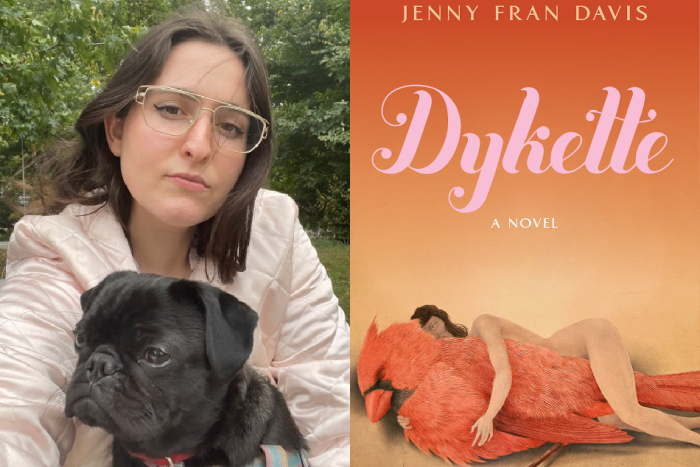Welcome to Wayward Watching, a column on the seen and unseen in film.
We called him The Maverick despite knowing he wasn’t much of one. He dropped the word often in interviews while talking about his films and himself. When he broke through in Bollywood after a checkered start in Telugu films, most studios in Bombay had backed themselves into a corner by focusing exclusively on big-budget sagas. The Maverick recruited newcomers at every turn, didn’t mind switching cameras between shots, and sometimes let slip that he was working on six or seven projects at once. Reviewers lauded him for being unconventional, if only because his contemporaries’ efforts floundered under the weight of their finances. As children we thought of his movies as scary, regardless of their genre. Trust The Maverick to flip a love scene into something ominous by framing a couple through a keyhole in their room, or to render a political drama embarrassingly Hitchcockian by centering a stray bird hovering outside a window in the middle of an argument. His plots unfolded briskly, but portentously—and were, therefore, easy to parody. Years before TikTok, we’d shoot a low angle reel of a crow in a park, add a ghostly sound effect or two, and insert the sequence into a birthday trailer or a wedding montage. The incongruity was enough to remind a viewer of The Maverick.
I thought of The Maverick recently while watching The Banshees of Inisherin. It wasn’t just the crooked tracking shots, or the shadowy lighting that banally underscores the myth that the Irish are a frustrated and fractious lot. Too many scenes were undone by an aspiration to be both flimsy and profound: the comedy felt as atonal as the tragedy. The story begins funnily enough. One morning Colm, a moody violinist, wakes up at home on an island off the Irish coast and decides that he has wasted too many years of his life idling about with his younger friend Pádraic. “I just don’t like you no more,” Colm tells Pádraic out of the blue. Pádraic, who prides himself on being “one of life’s good guys,” can’t seem to understand that he is being broken up with. “Have we been rowin’?” He wonders aloud. “I don’t think we’ve been rowin’.” Lest you think you’re eavesdropping on a trivial mix-up in the Irish hinterlands, the director Martin McDonagh repeatedly reminds you that you’re watching an allegory, something more significant. Pádraic’s sister, Siobhán, tries to find out why her brother is upset. “Anything in the paper?” She asks. “Just the Civil War still,” Pádraic replies. Later, a police officer tells Colm that he can’t keep up with the battles raging in the mainland: “Wasn’t it so much easier when we was all on the same side, and it was just the English we was killin’?”
It’s one thing for a cop to be confused by a war he only ever reads about in the newspaper, quite another for a director to leave his audience confused about the impetus of his characters. Pádraic doesn’t come off as tedious enough for Colm to threaten self-mutilation should his former friend so much as wave hello to him again. In a setpiece that might as well have been a homage to The Maverick, Pádraic and Siobhán are getting ready to have supper one evening when they are interrupted by a knock at the door. It’s Colm, of course. Or rather, his finger—sliced off and flung in disgust at Pádraic’s doorstep. McDonagh zooms a couple of times into the severed body part, even though another shot, moments later, seems truer to his intentions. Siobhán is on her way to Colm’s house with the bloody finger in a shoebox when she is stopped in her tracks by the sound of shelling far away in the mainland. You see an uncertain look pass on her face, but then the next moment she resumes her brisk pace. McDonagh doesn’t let us know, then or later, what Siobhán actually thinks about the war, and the camera frames the interlude all too neatly with a wide shot of her walking on the beach. In that instant you realize that McDonagh doesn’t want you to forget about the war, and that all this while we’ve been peering at these islanders from afar instead of taking in the world through their eyes.
This question of distance was also pivotal to McDonagh’s previous film, Three Billboards Outside Ebbing, Missouri. There too, the intensifying rift between a grieving mother and the local police bureau was more important as a metaphor and for what it revealed about middle America in the wake of Donald Trump’s election. The relentless acts of retaliation could be explained away by the twin tragedies at the centre of the story: the rape and murder of a teenage girl, the suicide of a terminally ill cop. When a handheld camera anxiously followed a maniacal policeman on a spree, or a shot inevitably lingered on a bloodsoaked body part, you could choose to be distracted instead by the emotional valence of the scene. In Banshees, McDonagh appears content to portray his two protagonists as, respectively, a senseless masochist and a senseless arsonist. Later in the film, Pádraic sets Colm’s house on fire. Why? Because his pet donkey died after choking on one of Colm’s severed fingers.
I yearned for the confidence of McDonagh’s 2008 film, In Bruges, where he got the minor details blissfully right. I could watch Ken and Ray, the two idle Irish assassins in that movie, meander past Belgian churches on loop for hours. There is a moment when Ray refuses to accompany Ken to the roof of a bell tower and gape at the skyline together. “You are the worst tourist in the whole world,” Ken tells Ray. “I grew up in Dublin,” Ray replies, “I love Dublin. If I grew up on a farm, and was retarded, Bruges might impress me but I didn’t—so it doesn’t.” Pádraic, in Banshees, did grow up on a farm, although McDonagh never quite shows us what he is impressed by. We are told that he once rhapsodized on “donkey shit” for four hours, but the person you see onscreen seems far from a windbag. He loves his sister, his pet donkey, his best friend Colm: that’s about all we’re told about his life.
By the late ‘00s, The Maverick’s films had also become increasingly ludicrous. I remember he once announced a Hindi adaptation of Lolita, which turned out to be more of a gloomy remake of Poison Ivy. He cast the great Amitabh Bachchan as the older man, who looked mysteriously stiff in his scenes with the female lead, Jiah Khan. The Maverick christened his production company The Factory, probably because he liked greenlighting scripts on an industrial scale. You could skip reading the crime pages of Indian newspapers and wait instead for the movie version of the lead story that The Maverick would reliably release in a few months. Then there were the seasonal horror flicks, where he would go berserk again with his camera angles and spooky background scores. But their plotlines could be surmised beforehand: The Maverick was mostly recycling his earlier hits. He moved out of Bombay, unable to pay back his debts. Last time I checked, he was directing Telugu movies again.






